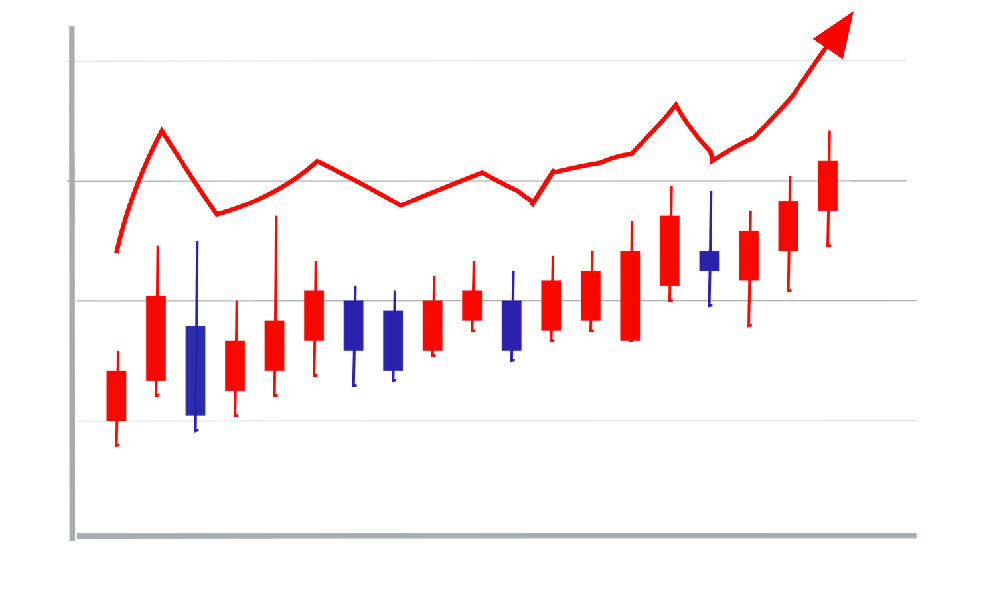The question of how much America "makes" annually is a multifaceted one, dependent entirely on what we define as "making." Do we mean the total output of goods and services, the aggregate income earned by all citizens, or perhaps the wealth accumulated over a given year? Each of these perspectives provides a different, yet valuable, insight into the economic health and prosperity of the nation.
The most common and widely accepted measure of a nation's annual economic activity is Gross Domestic Product (GDP). GDP represents the total market value of all final goods and services produced within a country's borders in a specific time period, typically a year. In the United States, the Bureau of Economic Analysis (BEA) diligently calculates and publishes GDP figures quarterly, which are then annualized to provide a comprehensive view of yearly economic performance. The most recent available data usually paints a picture of trillions of dollars, demonstrating the immense scale of the American economy. However, GDP alone doesn't tell the whole story. It focuses on production and doesn't directly reflect the income distribution or the well-being of the average American.
To understand the income earned by Americans, we need to delve into other economic indicators. One such indicator is the National Income, which measures the total income earned by all residents of a country from the production of goods and services. It includes compensation of employees (wages and salaries), profits of corporations and unincorporated businesses, rental income, and net interest. National Income provides a closer look at how the economic pie is divided among different factors of production. It's generally less than GDP because it excludes certain items like depreciation (the wearing out of capital goods) and indirect business taxes (like sales taxes).

Beyond National Income, the concept of per capita income becomes relevant when trying to grasp the income level of an average American. This is calculated by dividing the National Income by the total population. While it gives a general idea, per capita income has limitations. It doesn't account for income inequality; a high per capita income could mask a situation where a small percentage of the population holds the vast majority of the wealth, leaving the majority with significantly less.
Median Household Income offers a more nuanced perspective on the financial well-being of American households. This figure represents the income level that divides the income distribution into two equal groups, with half of households earning more and half earning less. Unlike per capita income, the median is less sensitive to extreme values, providing a more representative measure of the typical household's income. Tracking median household income over time reveals trends in economic prosperity and income distribution within the country. Stagnant or declining median household income, despite overall economic growth, is a red flag indicating that the benefits of economic expansion are not being shared equitably.
Another key aspect to consider is personal income, which measures the income received by persons from all sources. This includes wages and salaries, self-employment income, rental income, interest and dividend income, and government transfer payments (like Social Security benefits and unemployment compensation). Disposable personal income, which is personal income minus personal taxes, represents the actual income available to individuals for consumption and saving. Analyzing these components sheds light on the various sources of income and their relative importance to individuals and families.
Furthermore, wealth, as opposed to income, reflects the total value of assets owned by individuals and households, minus their liabilities. Assets can include real estate, stocks, bonds, mutual funds, savings accounts, and other forms of investment. Wealth provides a buffer against economic shocks and a foundation for future financial security. The distribution of wealth in America is even more unequal than the distribution of income, with a significant portion of the nation's wealth concentrated in the hands of the top 1%. Examining wealth inequality is crucial for understanding the long-term economic challenges facing the country.
However, simply looking at numerical figures isn't enough. The "true figure" of how much America makes annually also depends on considering factors like inflation. Nominal GDP and income figures are expressed in current dollars, which means they are affected by changes in the price level. To accurately assess economic growth and income trends, it's necessary to adjust for inflation by using real (inflation-adjusted) figures. Real GDP and real income provide a more accurate picture of the actual increase in the quantity of goods and services produced and the purchasing power of income.
Moreover, regional disparities play a significant role. The cost of living varies considerably across different states and cities. A salary that seems substantial in a rural area might be insufficient to maintain a comfortable standard of living in an expensive metropolitan area. Therefore, understanding the local economic context is essential when evaluating income and wealth levels.
Finally, the “true figure” of how much America makes is continuously evolving, shaped by technological advancements, globalization, demographic shifts, and government policies. Analyzing these underlying drivers is crucial for forecasting future economic trends and developing effective strategies for promoting sustainable and inclusive economic growth. Understanding the interplay of these factors paints a more complete and accurate picture of the economic landscape of the United States. Therefore, the "true figure" is not a single number, but rather a comprehensive understanding of various economic indicators and the factors that influence them.












